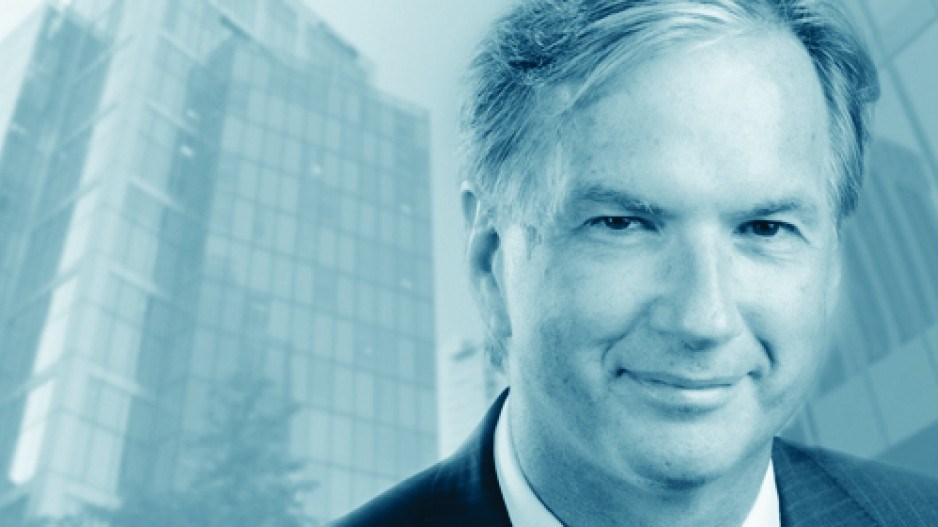It would degenerate into a sizable, heated argument if anyone challenged the notion that the Sedins – Daniel and Henrik, or Danny and Hank as they are more commonly known – have been the biggest brands in the city’s sports history.
Their prowess propelled the franchise’s fortunes, brought consumer and corporate support, and made the Vancouver Canucks significantly more valuable over their extraordinarily long period in the game.
See also: Post-Sedins outlook for Vancouver Canucks is mixed
It is an axiom that hockey is a business. But as they left behind their 18-year careers last week, it was possible to examine how the paths of the Sedins themselves resembled those of an immensely successful business.
Their Tao is the Tao of enterprise excellence. Consider how many similarities the two have:
1) Enduring a startup risk. At an early stage, when there were more doubters than believers in their prospects for success, they had to deal with adversity, questions about their capabilities, qualms about their sustainability and obvious skills shortages that had to be overcome for their survival. Their persistence proved to be the hallmark of committed entrepreneurs.
2) Consistent operational dispositions. They understood and did not fall prey to the reality of highs and lows. Their inherent personalities involved a grounded, even-handed approach to turmoil, struggle and success. They shrugged off hype and did not wallow in stress. They conveyed the attributes of long-range leaders.
3) Collaboration. They found their identities in the chemistry of working together. They were each other’s best assets – evidenced by an obvious diminution of one when the counterpart was sidelined – but improved everyone around them. In this respect they were unmatched team members, sufficiently flexible to work apart, but never better than when they worked alongside.
4) Constant self-improvement. They subscribed to ceaseless effort on every element. They studied the competition relentlessly to assess threats and vulnerabilities. They never tired of renewal, of pushing limits, or of experimentation and innovation. They feared the effects of complacency. To this end they served as role models for those in their midst, even for their competitors.
5) Fairness in competition. They were penalized unjustifiably and unruliness upon them was ignored at times, but they never determined the need for revenge or to shift their even-handedness about competition.
6) Principled loyalty. Once their value was established, they chose to accept a smaller reward to stay put and ensure there would be adequate reinvestment in the operation. They could have been lured away and left those who had invested in them without anything to show for it, but chose to trade an increased incentive for stability and longevity. This helped sustain the business model when it could have fragmented. Their loyalty begat the loyalty of others, many of whom did the same to preserve the core talent.
7) Valuable mentorship. They benefited from it in the early stage, then benefited others in their later years. In a pursuit that depends on understanding and adhering to best practices, they provided constant advice and understanding of those who were less experienced. They lent goodwill and value to the enterprise as part of their contributions.
8) Recognition of community. They knew inherently that their privilege in success obliges support of those less advantaged, so they authentically donated time and resources to those who admired them. They made time in their lives for gestures big and small that enhanced their reputations and conferred goodwill. Their giving back, in turn, gave them a new understanding of themselves and what was around them.
9) The logic of succession planning. They apprehended the finite nature of their work and the need to prepare others to step into their places. They were acutely aware of the importance of not overstaying and serving as any obstacle to the next stage of the business.
10) The achievement of legacy. They left their place better than when they arrived. They did not seek a maudlin farewell, only a respectful one to let those around them reflect on their contributions. •
Kirk LaPointe is editor-in-chief of Business in Vancouver Media Group and vice-president of Glacier Media.
adsfads




